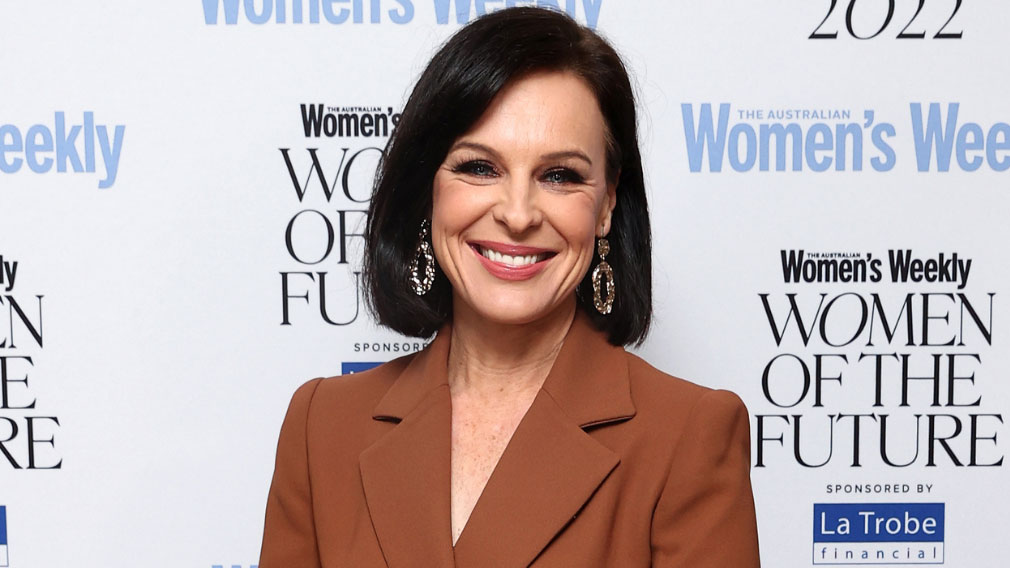Diversity, boards and beyond research and reason

Australia recently became the first country to achieve 30 per cent gender diversity on boards at the largest 100 listed companies without regulatory intervention or quotas. (Getty)
“We all should know that diversity makes for a rich tapestry, and we must understand that all the threads of the tapestry are equal in value no matter what their colour,” wrote renowned US poet Maya Angelou.
Research and reason tell us Maya was right.
A 2018 BCG study found that increasing the diversity of leadership teams may lead to more and better innovation, while – according to McKinsey -- companies that rank in the top quartile of executive-board diversity are 35 per cent more likely to financially outperform industry medians.
As for reason, it’s far from a stretch to suggest that empowerment flourishes by accepting that no matter our differences, we are all equal and deserve respect.
Often, the loudest debate is around gender diversity. Just recently, debate again flared following the Australian Council of Superannuation Investors’ call for listed companies to set timeframes for achieving gender balance – 40 per cent of either gender – on boards, or have regulators intervene by 2025 if it doesn’t improve.
Globally, we’re seeing things move this way, with a blend of soft-wiring through leadership programs and education, and hard-wiring through targets required to increase an organisation’s gender diversity quotient.
For example, California, the fifth-largest global economy, passed legislation last year which requires boards to have a minimum percentage of women. By the end of July 2021, companies must have at least two women on boards of five members and at least three women on boards with six or more. In contrast, The Australian Institute of Company Directors in January claimed Australia was the first country in the world to achieve 30 per cent gender diversity in largest 100 listed companies by market value without regulatory intervention or quotas.
However, the percentage of women on S&P/ASX 200 boards was 29.5 per cent at the end of March, just below the 30 per cent goal as companies outside the top 100 dragged down the overall gains.
Clearly, there’s more work to do.
But as a recent report from Sydney University Business School noted, Australian businesses should consider setting board diversity targets around a broader range of attributes such as ethnicity, age, perspective, experience and even tenure.
As the son of first-generation migrants to Britain from Sri Lanka, I have an appreciation of what it means to experience the opportunities and challenges that diversity presents. I am a first generation, Australian migrant; a father of three primary school aged children, and enjoyed experiences in financial services and as a consultant and lawyer in Europe. Particularly important was an inspirational role model in my grandmother, Violet, who on a grey day in the early 1960s aged 53 and wearing her traditional clothing, arrived by boat at the Port of London with £3 to begin her new life.
Just imagine the contrast that the bright vibrant colours of her sari would have had.
Facing shortages of key workers, the British government welcomed Violet and others from Commonwealth countries, and she went on to flourish in the community as a teacher, volunteer and board member of a for-purpose business. She gave generations a broader perspective, enriched by her experiences, from the other side of the world.
That is where I saw diversity first-hand and learnt that we rise by lifting others, and for the last three years have served on the Board of disability solutions provider TAD, which has attracted and retained directors with a diversity of backgrounds, knowledge, experience and abilities.
It’s often spoken about, but we’ve found diversity truly does bring fresh perspectives and a move away from a “group think” mentality that can occur when like-minded people discuss issues and make decisions. New voices have never mattered more at a time when organisations, both for profit and for purpose ones, must embrace innovation across big data, artificial intelligence and robotics to create and sustain a competitive advantage.
Also, a diverse board sets the standard for the rest of the organisation to ensure it is one where everyone belongs and is motivated regardless of differing ability, age, cultural background, ethnicity, gender or orientation.
This isn’t always easy in practise, particularly fostering an environment where people who come from different backgrounds know their ideas, experiences and contributions are valued.
But we do know intuitively that diversity matters. Research and reason back this up. And I believe that with the right leadership, organisations should improve board diversity by meeting regulated quotas or other benchmarks not because they have to – but because the benefits become undeniable.
The views expressed are those of the author and do not necessarily reflect those of the Westpac Group.



